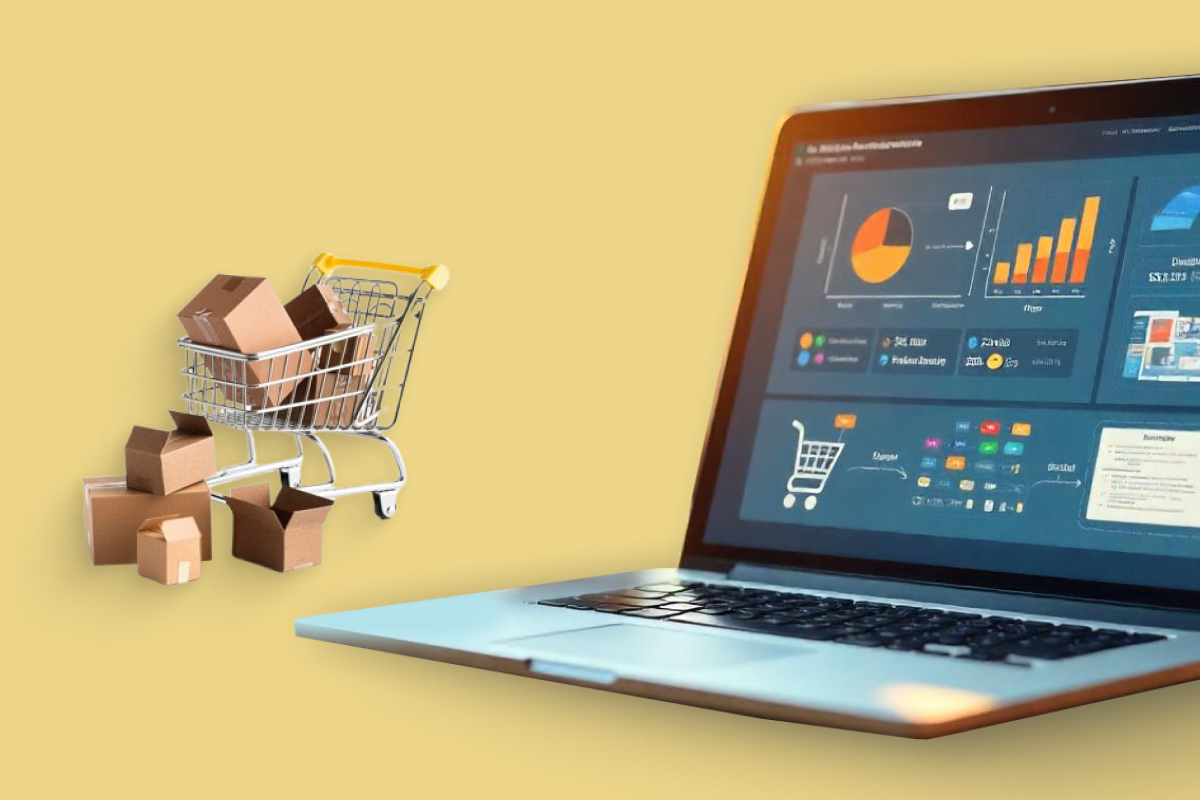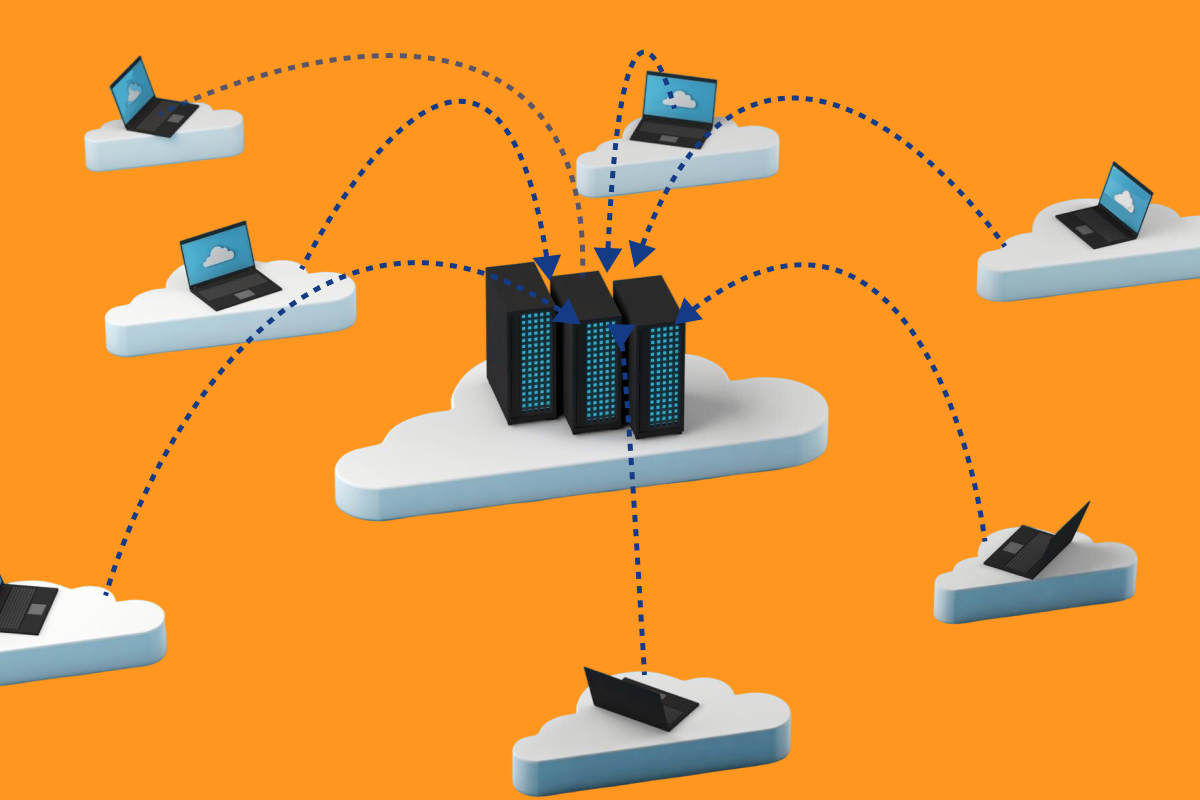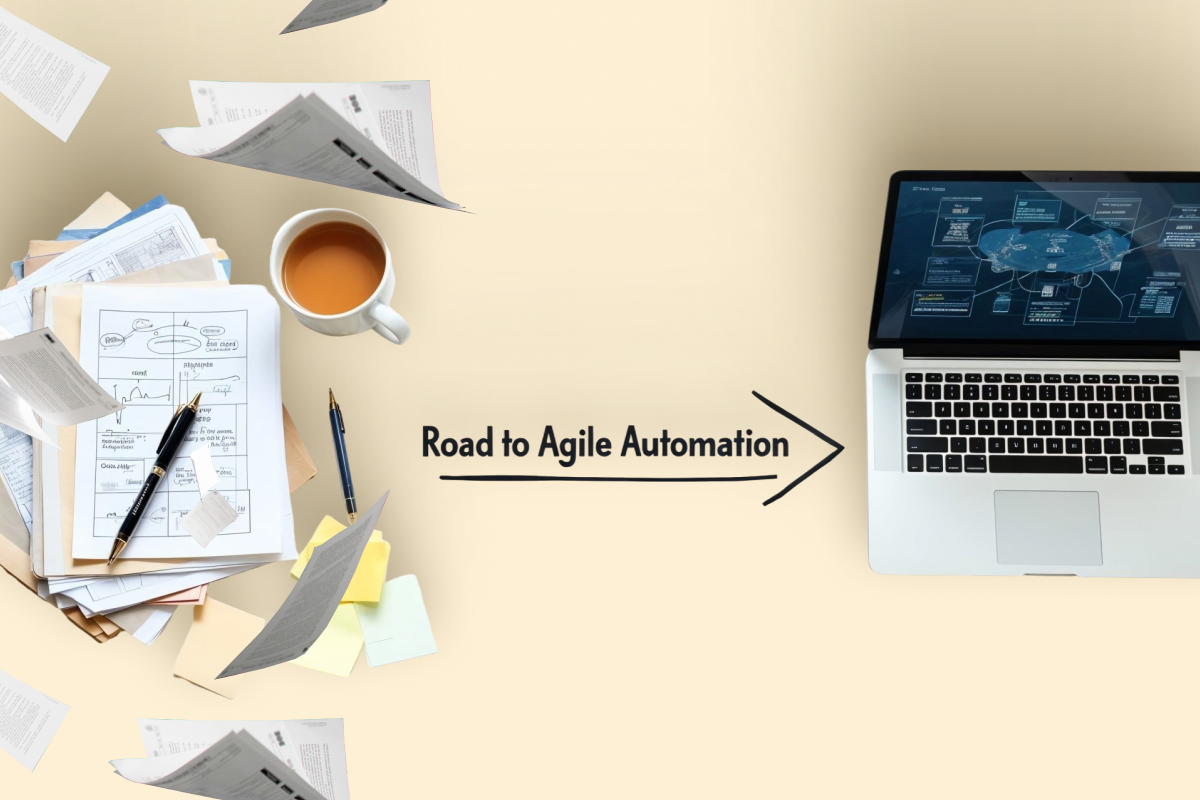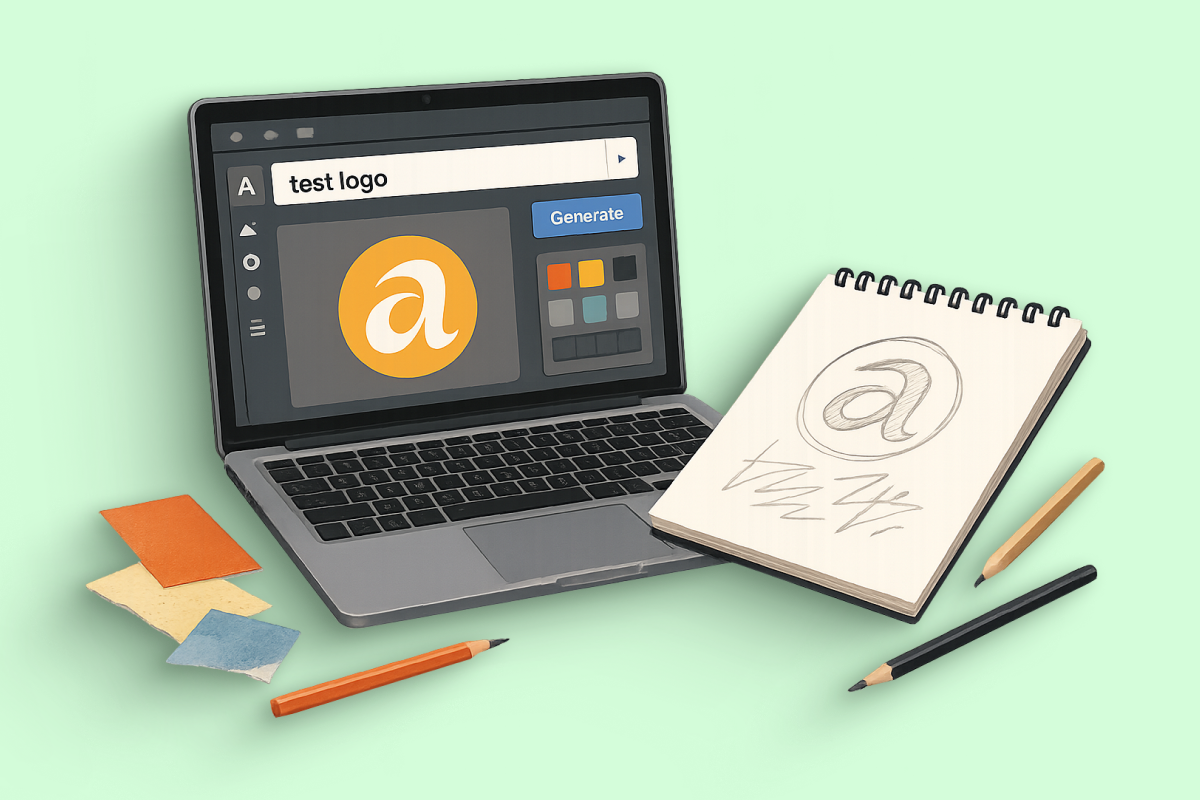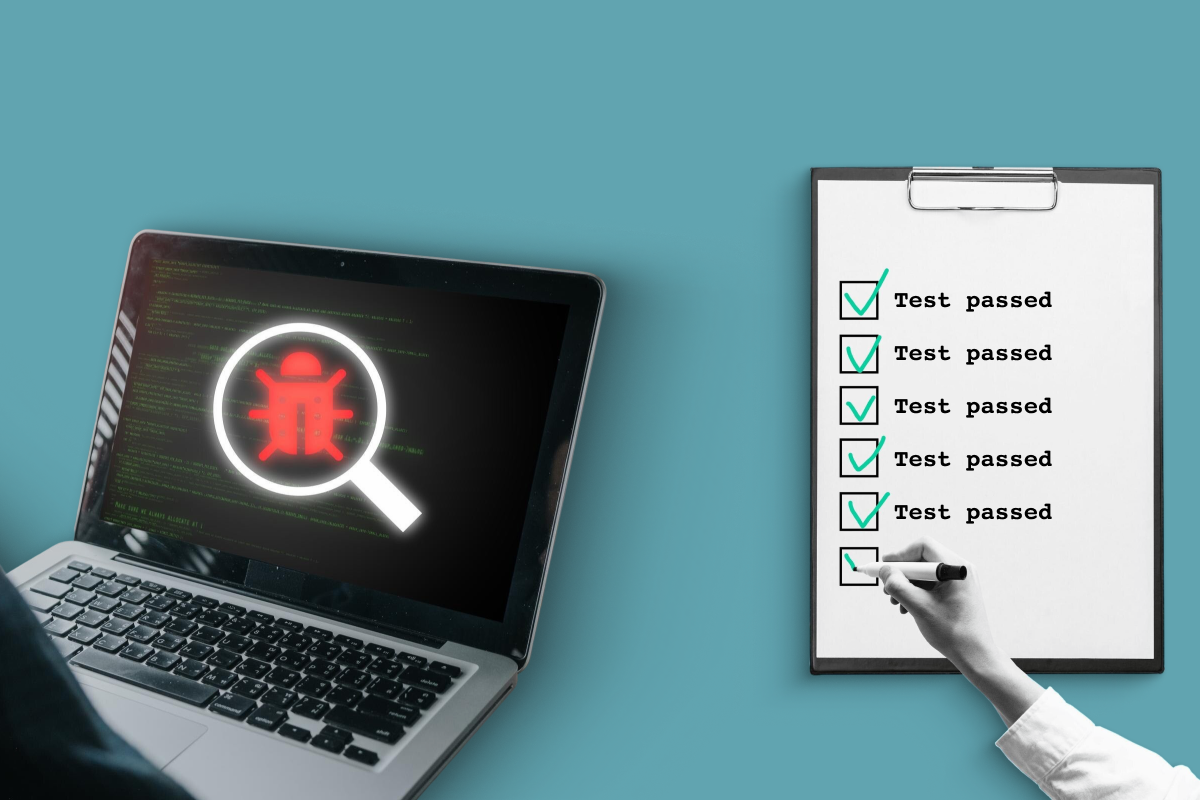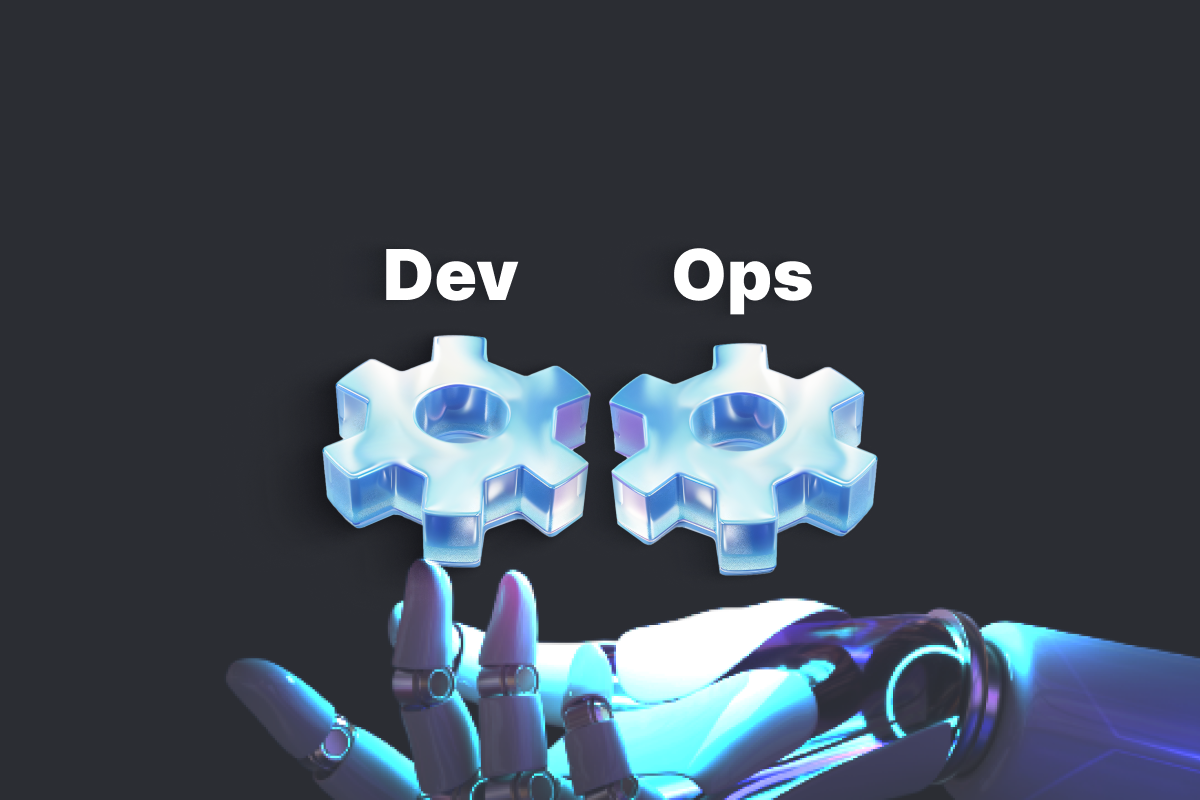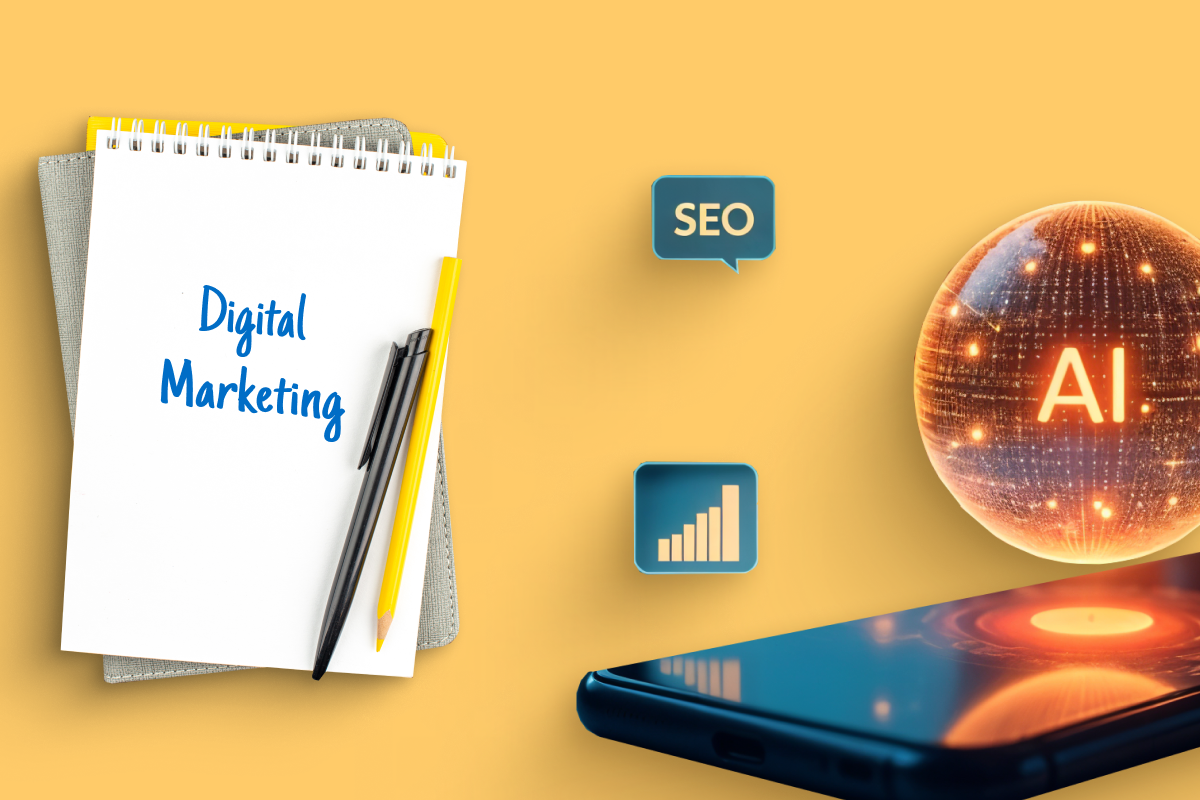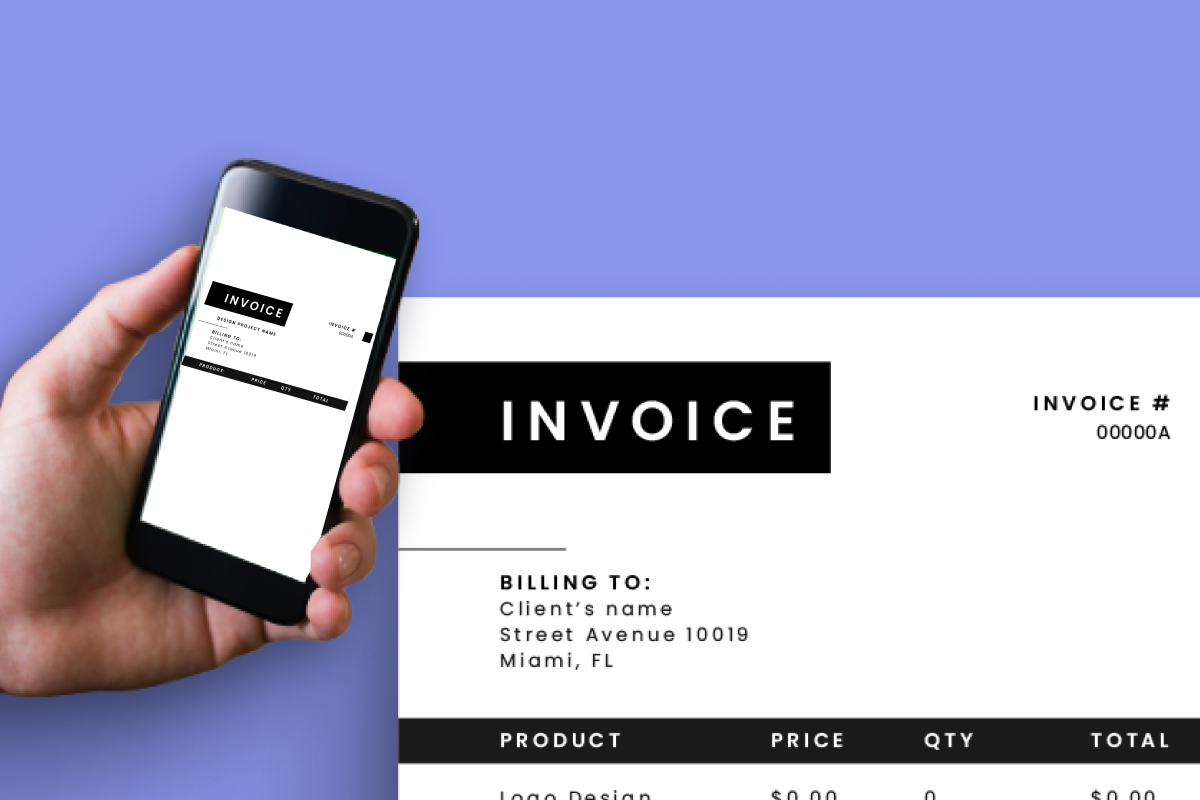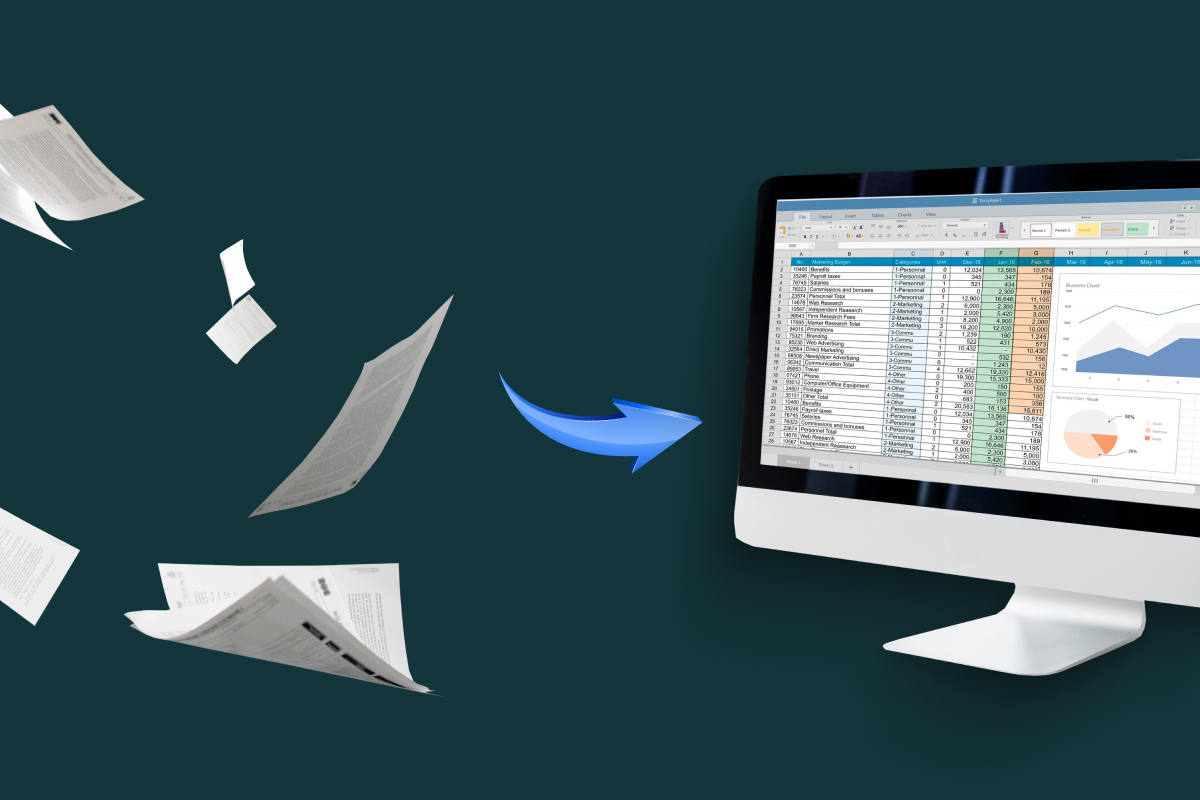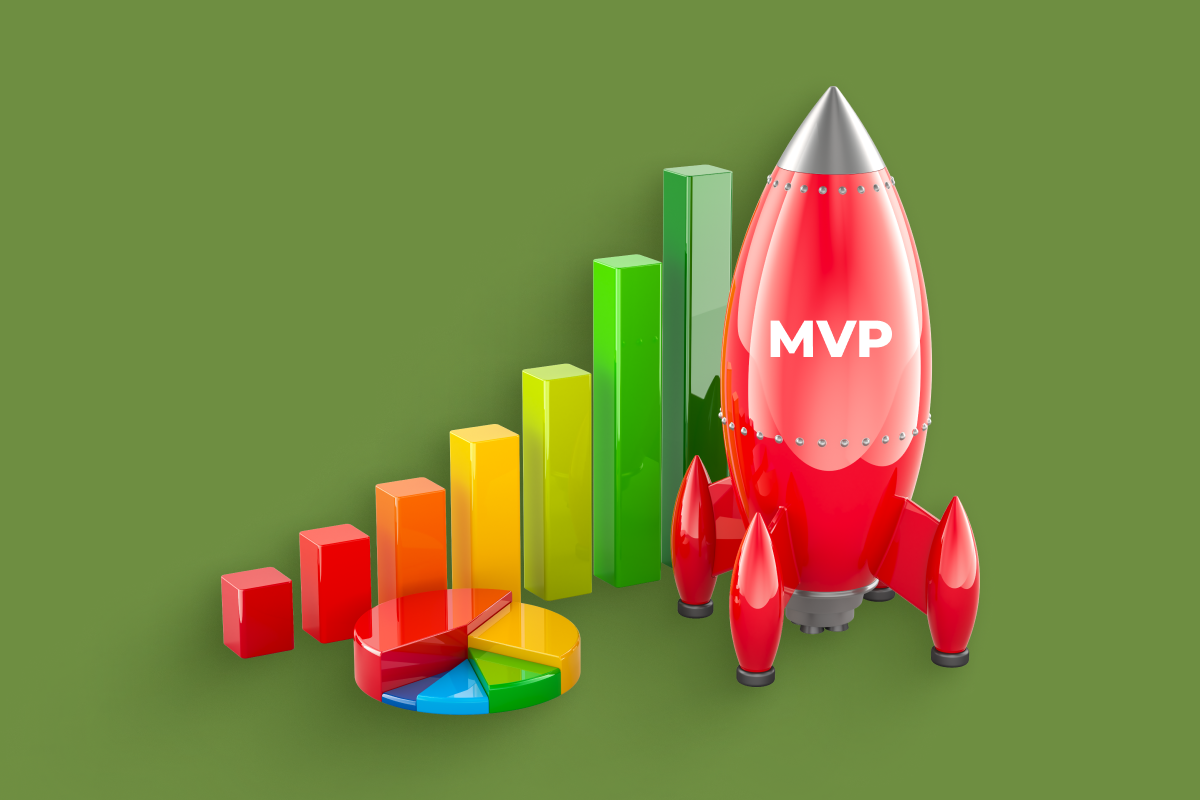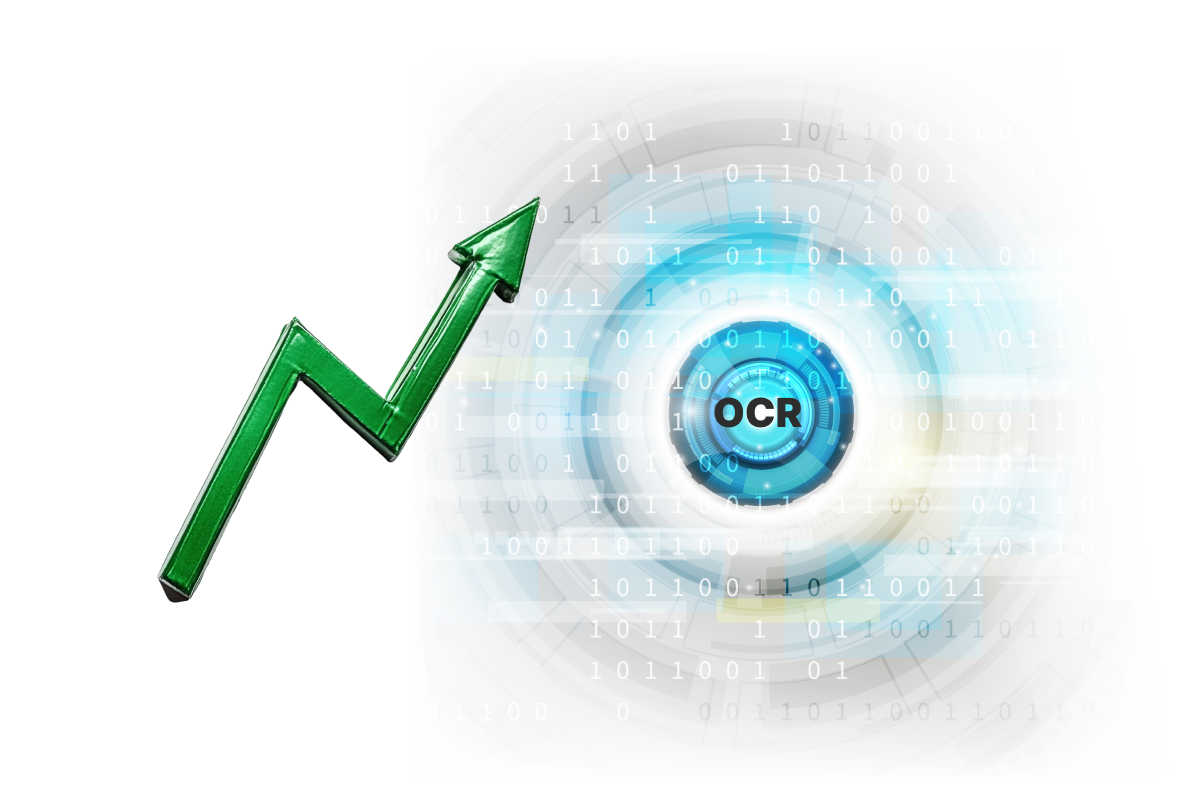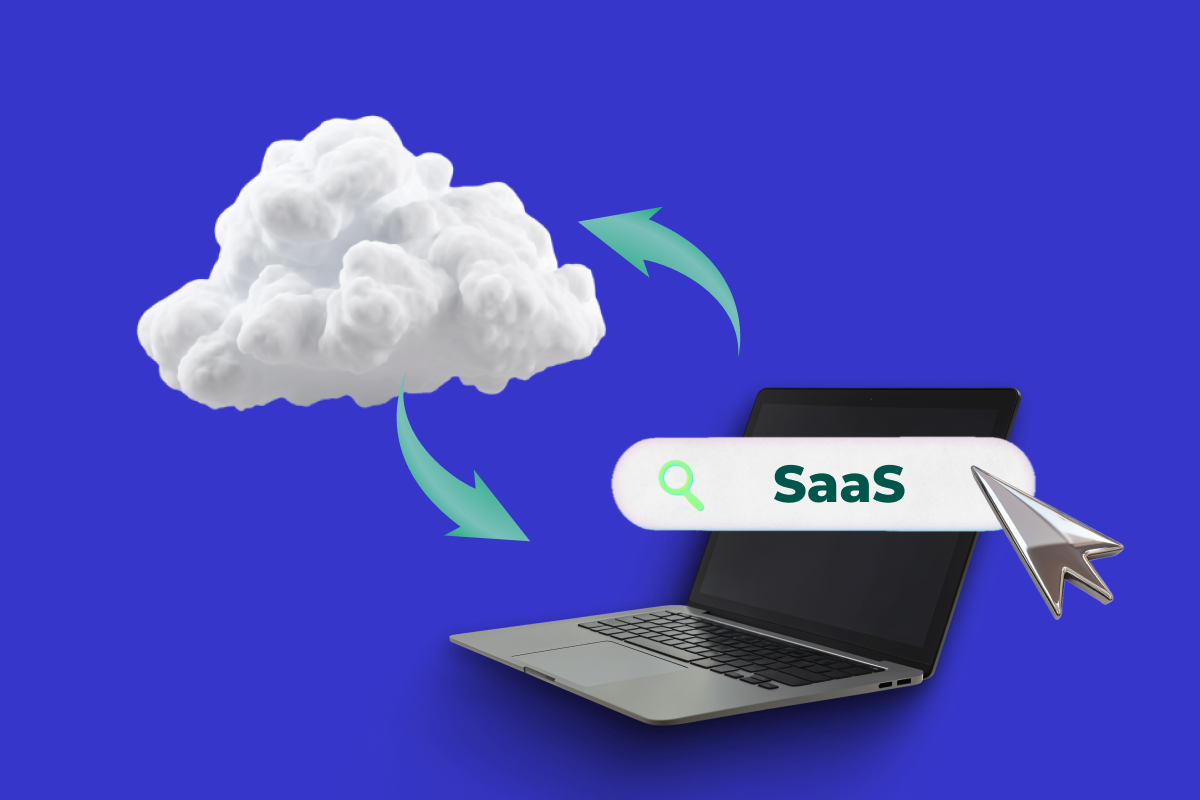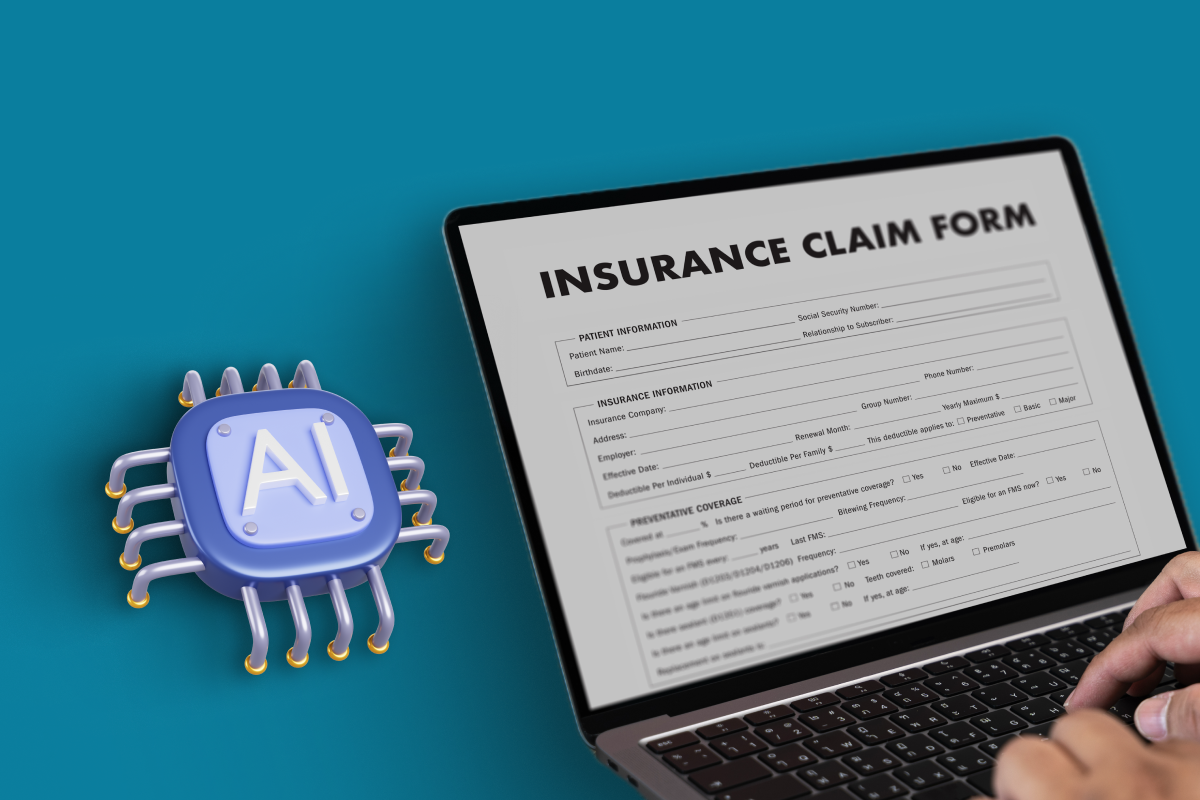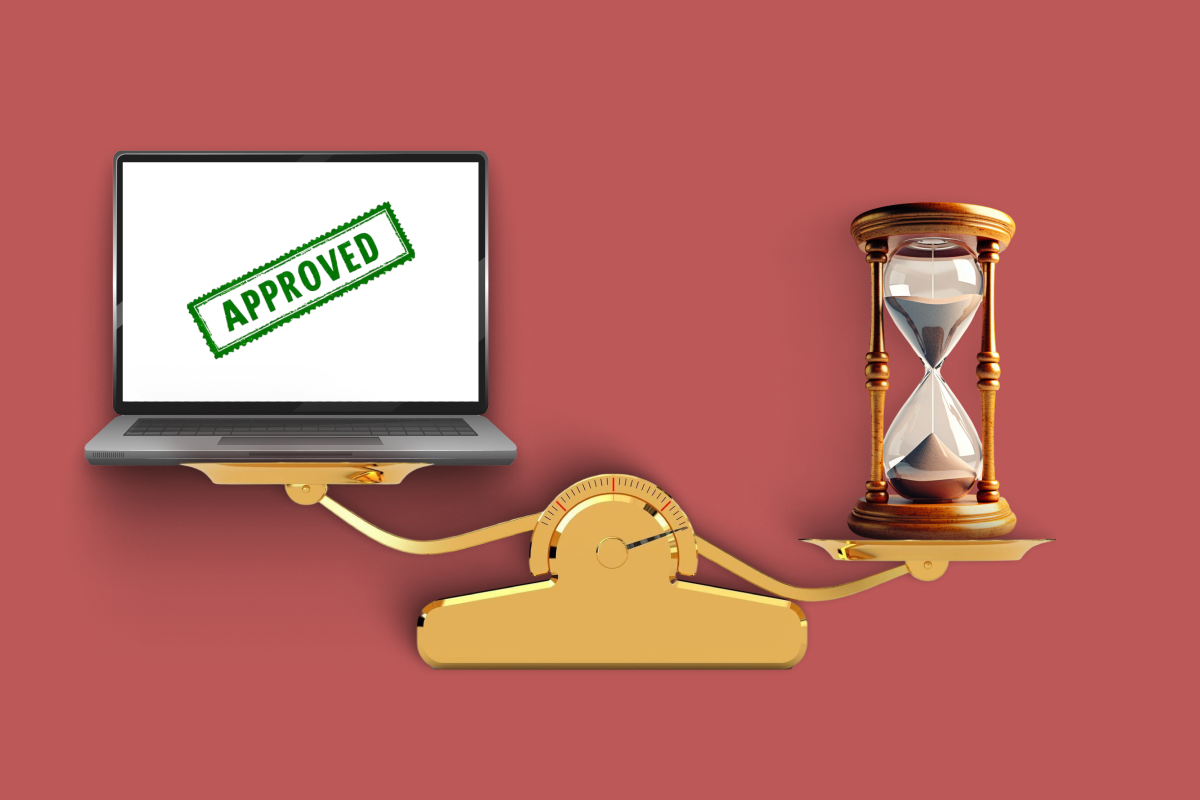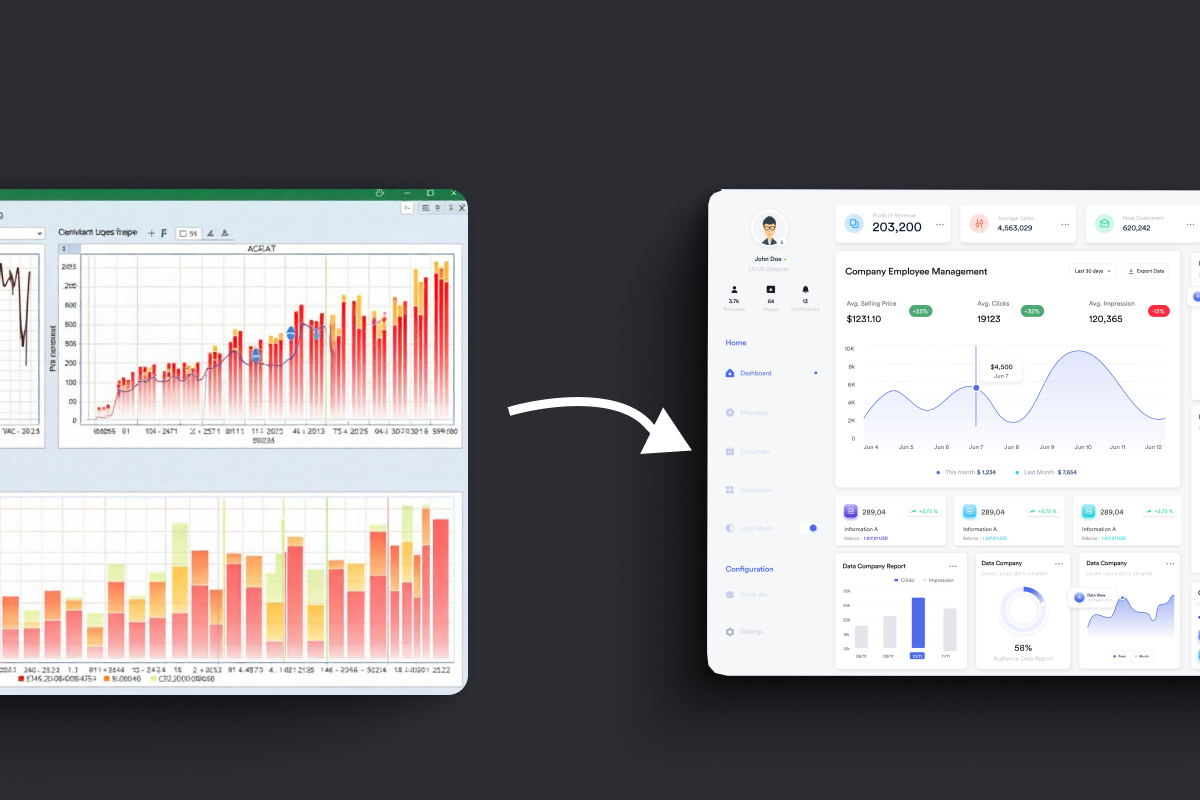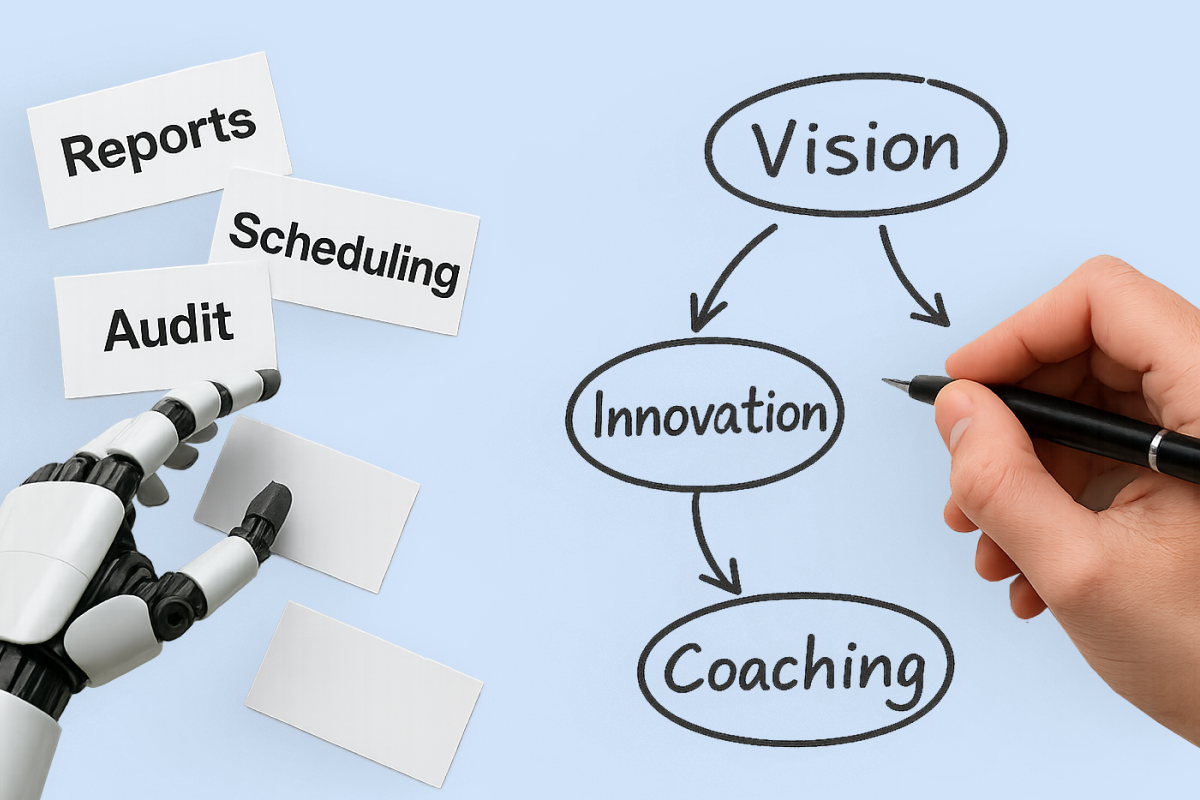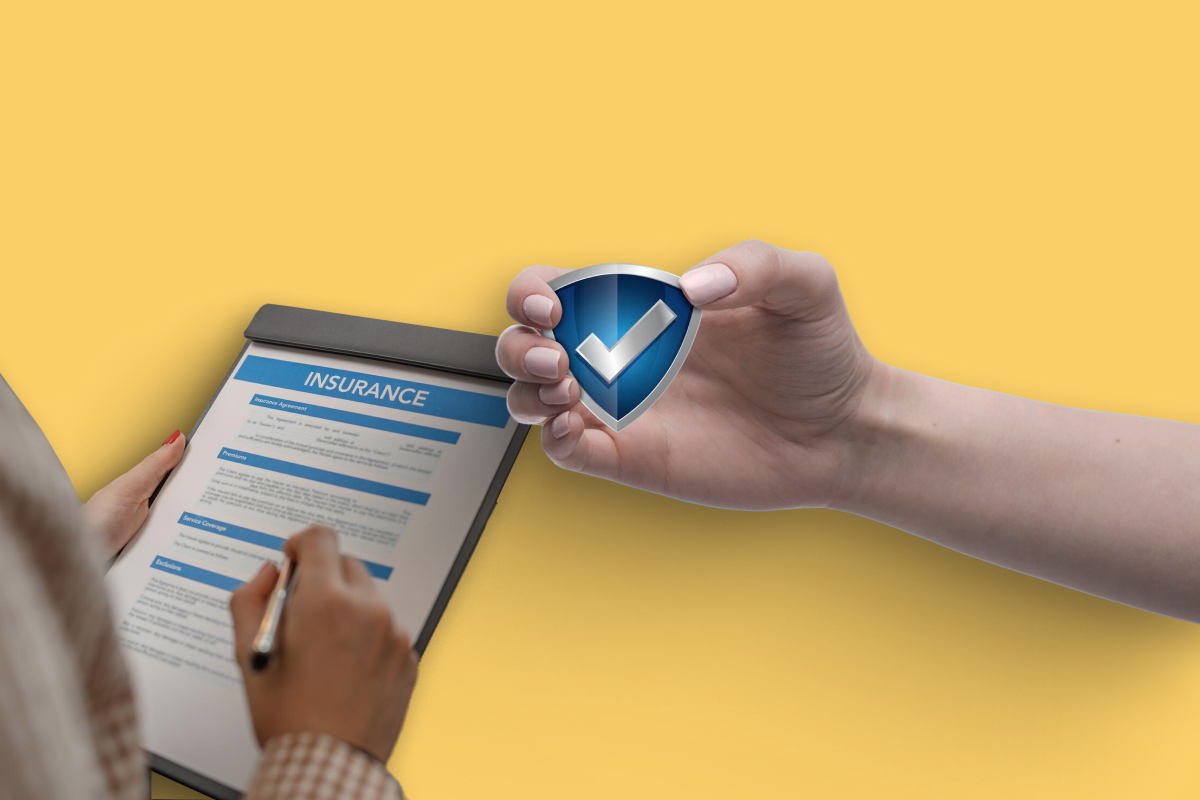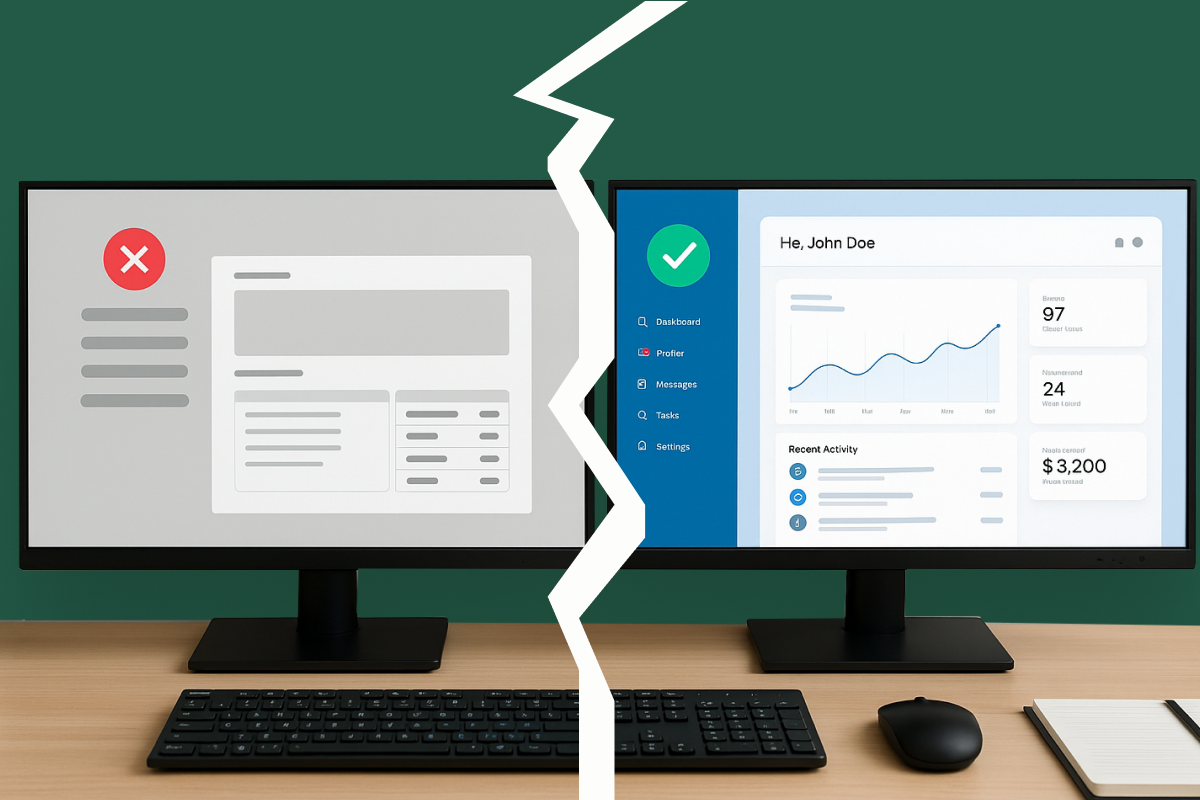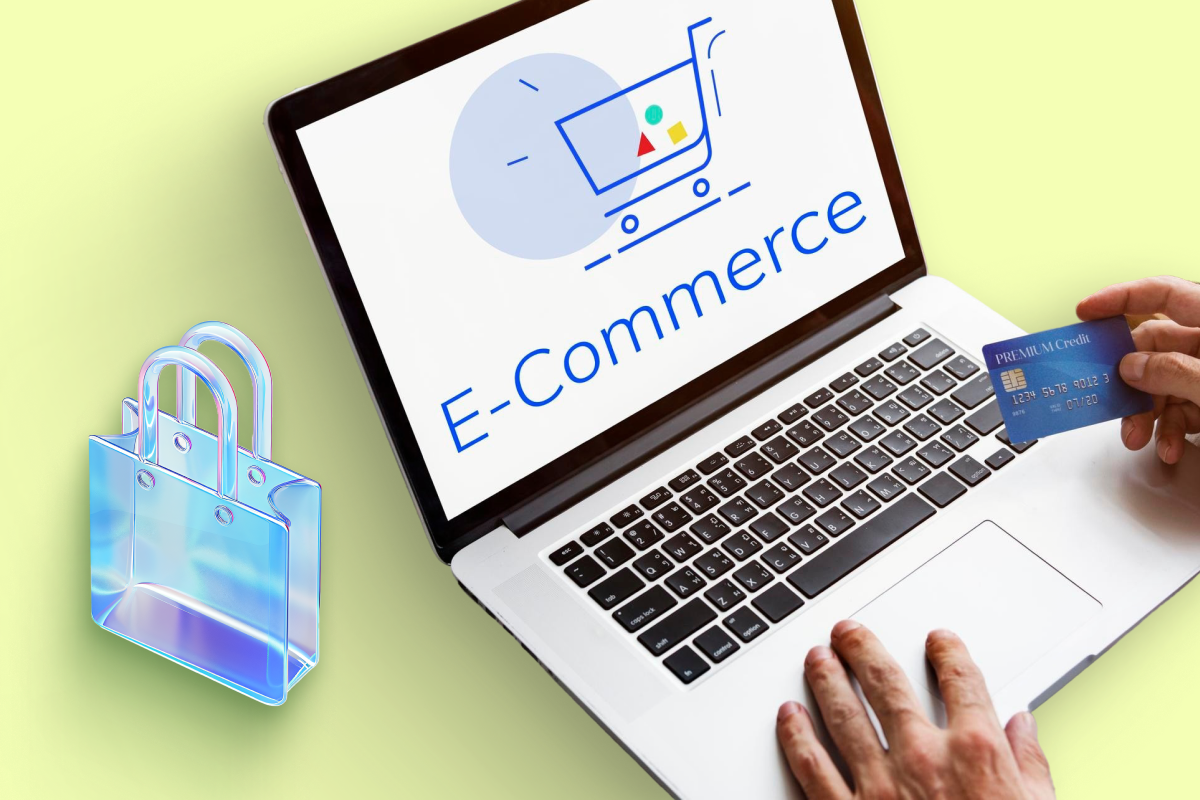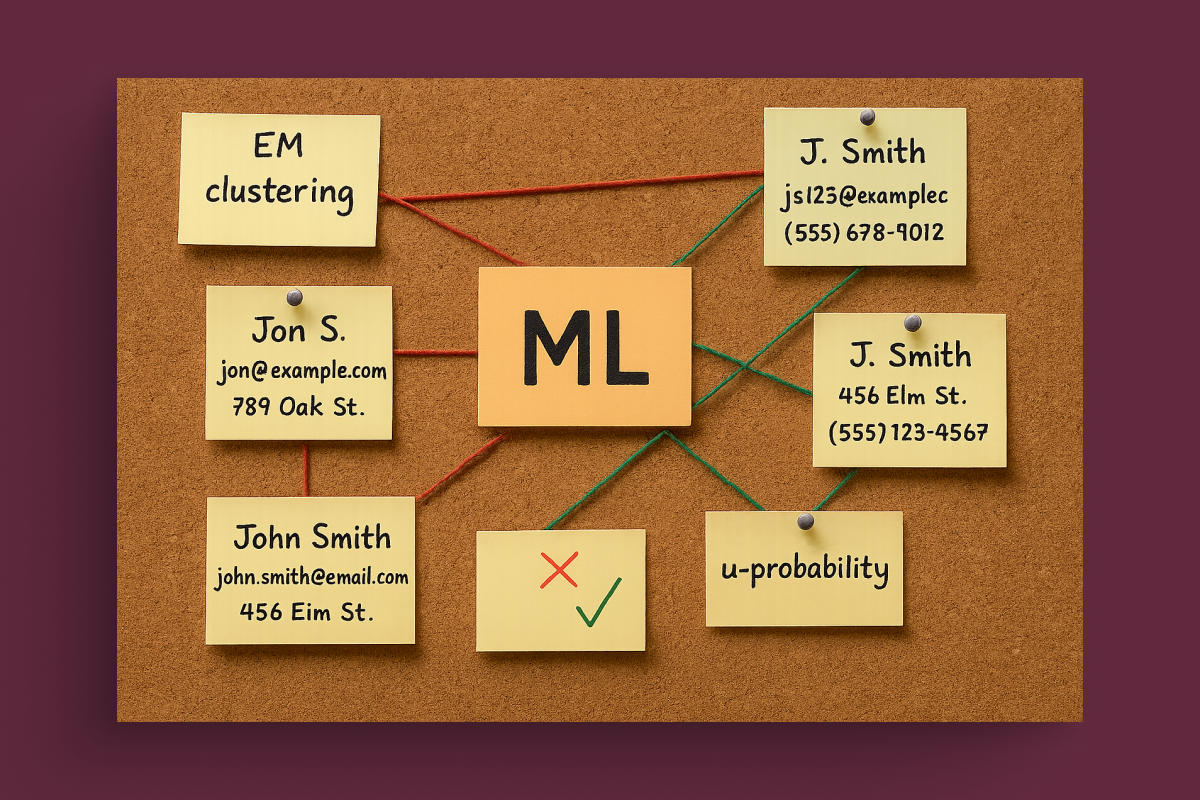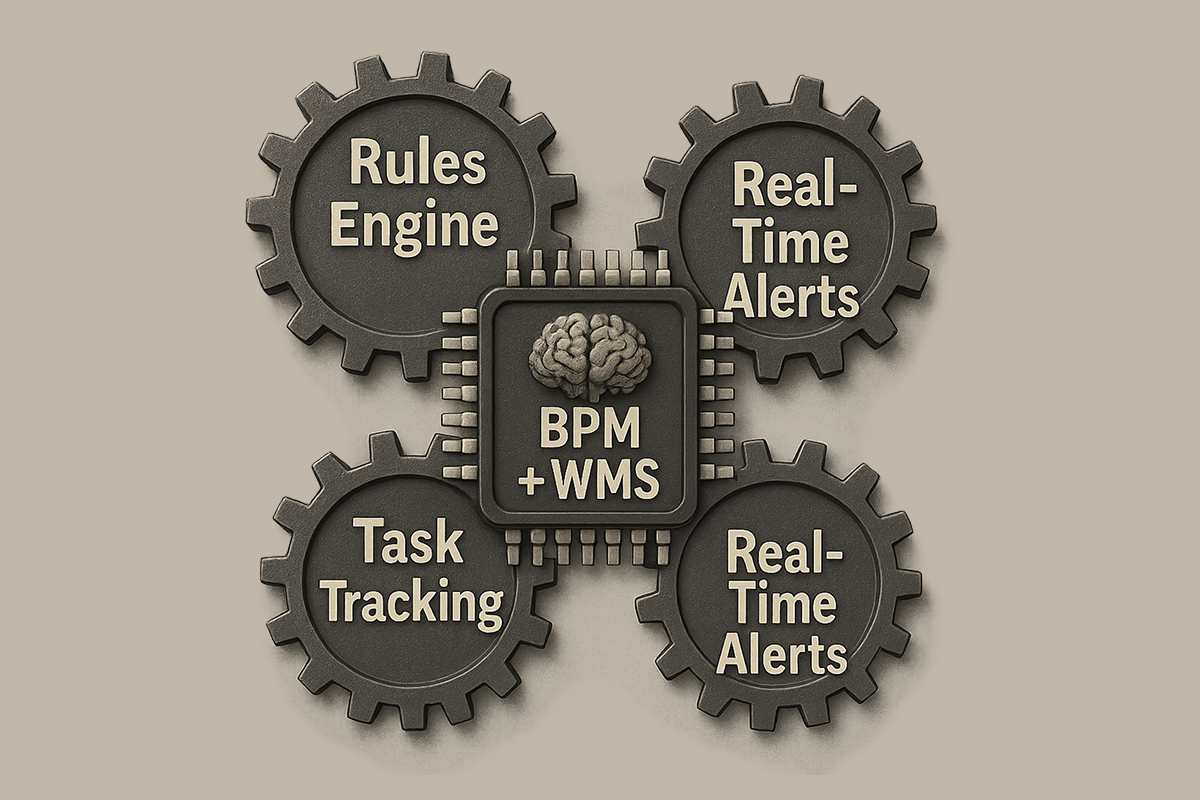With the rise of digital technology, building an e-commerce software platform from scratch has become a popular way to launch a business. But if you’re just beginning, the sheer scope of the process might seem overwhelming. Don’t worry — this article will break down the steps involved in creating an e-commerce software platform from start to finish and will provide helpful tips along the way. So don’t let complexity hold you back.
Introduction to E-Commerce Software
E-commerce has revolutionized the way businesses operate and has made it possible for individuals to shop from anywhere in the world at any time. There are many different types of e-commerce platforms and software available, and each has its own set of features and benefits. Selecting the right e-commerce platform or software for your business is essential to ensure a successful online sales campaign.
The following is an introduction to some of the most popular e-commerce platforms and software currently available:
Shopify: Shopify is a leading e-commerce platform that enables businesses to create an online store. Shopify offers a wide range of features and benefits, including a user-friendly interface, powerful built-in marketing tools, and support for third-party applications.
Magento: Magento is another popular e-commerce platform that enables businesses to create an online store. Magento offers a wide range of features and benefits, including flexible product pricing, multiple language support, and a large community of developers who create add-ons and extensions.
Choosing the Right Tools for Your Business Needs
There are a lot of different software platforms out there that you can use to build your e-commerce business. But which one is the right one for you? Here are a few things to consider when choosing the right e-commerce software platform for your business needs:
- Ease of Use: You want a platform that is easy to use, so you can get your store up and running quickly and without any headaches.
- Scalability: As your business grows, you'll need a platform that can scale with you. Make sure the platform you choose can handle an increase in traffic and sales.
- Security: With all of the personal and financial information being exchanged online, security is paramount. Make sure the platform you choose has robust security features to protect your customers' data.
- Cost: Of course, you'll want to consider cost when choosing an e-commerce platform. But don't sacrifice quality for price – make sure you're getting a good value for your money.
- Support: When something goes wrong with your store, you'll want to be able to get help from the software company quickly and easily. Make sure they offer good customer support in case you need it down the road
Building the Infrastructure for Your E-Commerce Software
Building the infrastructure for your e-commerce platform can be a daunting task, but with the right planning and execution it can be a relatively straight-forward process.
Decide on the type of e-commerce platform you want to build
There are many different types of e-commerce platforms, so it's important to choose one that will fit the needs of your business. Do some research and decide which type of platform will be best for you.
Choose the right hosting solution
Your e-commerce platform will need to be hosted somewhere, so you'll need to choose a reliable hosting solution that can handle the traffic and transactions your platform will generate. Again, do some research and talk to other businesses to find out what hosting solution would be best for you.
Build out the features and functionality of your platform
This is where things can get really tricky - you'll need to plan out all of the features and functionality of your platform before you start building it. Make sure you have a clear idea of what you want your platform to do, and then start planning out how to make it happen. This is usually where hiring a professional developer comes in handy!
Test, test, test!
Once your e-commerce platform is built, it's important to put it through its paces with some rigorous testing.
Developing the User Interface for E-commerce Software
When it comes to developing the user interface (UI) and experience design (UX) for your e-commerce software platform, there are a few key things to keep in mind. First, you have to make sure that the UI is clean, simple, and easy to navigate. Second, you want to ensure that the UX is intuitive and user-friendly. And third, you want to make sure that both the UI and UX are mobile-responsive.
To help you with all of this, we’ve put together a step-by-step guide on how to develop the UI and UX for your e-commerce software platform from scratch. So, let’s get started!
The first step is to wireframe your e-commerce platform. This will give you a good idea of what pages and features you need to include, as well as how they should be laid out. Once you have a wireframe completed, you can then start designing the UI.
For the UI, it’s important to keep things clean and simple. Use plenty of white space and avoid using too many colors or fonts. Stick with a few key colors that complement each other well, and use easy-to-read fonts throughout the site.
By the way, check our case study how our team built UX/UI design for a mobile auto parts market.
Testing and Deployment of Your New Platform
The testing and deployment of your new platform is a critical step in the process of building an e-commerce software platform from scratch. There are a number of factors to consider when planning your testing and deployment strategy, including the type of tests you will need to run, the resources you will need to complete the tests, and the timeline for testing and deployment.
To ensure that your new platform is ready for launch, it is important to create a comprehensive testing plan that covers all aspects of the system. Your tests should include functional testing to verify that the system works as expected, performance testing to ensure that the system can handle high volumes of traffic, stress testing to identify any potential bottlenecks, and security testing to ensure that the system is secure from attacks.
In addition to planning for the types of tests you will need to run, you also need to consider the resources required to complete them. Testing can be resource-intensive, so it is important to allocate adequate time and budget for this phase of the project. You will also need to consider whether you will need external help to complete your tests, such as hiring a third-party consulting firm.
Finally, you need to establish a timeline for testing and deployment. This timeline should allow sufficient time for all tests to be completed and should include contingency time in case any issues are identified during testing. Once your timeline is established, stick to it as much as possible to avoid delays in launching your new platform.
Strategies for Growing Your E-Commerce Business
Growing an e-commerce business requires a combination of strategies that focus on attracting new customers, retaining existing customers, and increasing sales. Here are some strategies for growing your e-commerce business:
Develop a Strong Brand
Building a strong brand identity is crucial in differentiating your e-commerce business from competitors. Develop a unique value proposition, brand voice, and visual identity that resonates with your target audience.
Optimize for Search Engines
Search engine optimization (SEO) can help drive traffic to your e-commerce website by improving your website's ranking on search engine results pages. Optimize your website for keywords related to your products and services, create quality content, and build high-quality backlinks.
Leverage Social Media
Social media can be a powerful tool for e-commerce businesses to reach potential customers, build brand awareness, and increase sales. Develop a social media strategy that includes regular posting, engagement with followers, and paid advertising.
Provide Exceptional Customer Service
Exceptional customer service can lead to customer loyalty and repeat business. Provide easy-to-find customer support options, respond quickly to inquiries, and provide clear communication throughout the sales process.
Offer Free Shipping
Offering free shipping is a popular strategy for e-commerce businesses to increase sales and improve customer satisfaction
Implement Email Marketing
Email marketing can be an effective strategy for e-commerce businesses to promote products, sales, and discounts to both new and existing customers. Build an email list and create targeted email campaigns that provide value to your subscribers.
Personalize the Shopping Experience
Personalization can improve customer satisfaction and increase sales. Use customer data to personalize product recommendations, email marketing, and website content.
Conclusion
Building an e-commerce software platform from scratch is no easy feat and requires a great deal of planning, research, and dedication. However, with the right knowledge and resources at your disposal, you can get started on crafting your own unique platform without too much effort. If you want to build your own platform - just drop us a line and we will discuss how the Azati can help with your project!
Ready to create your own e-commerce platform? Contact us to discuss how Azati can help bring your e-commerce vision to life!
